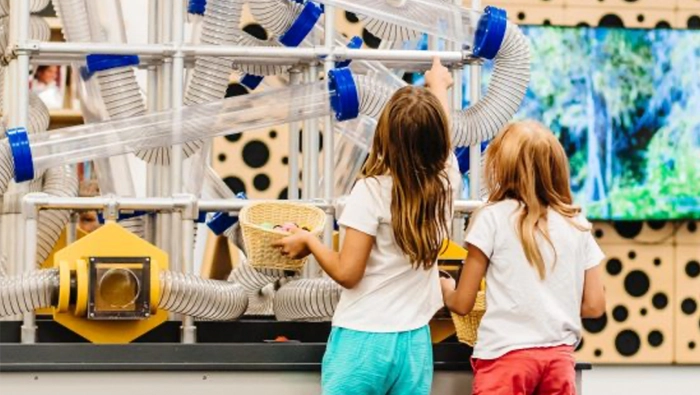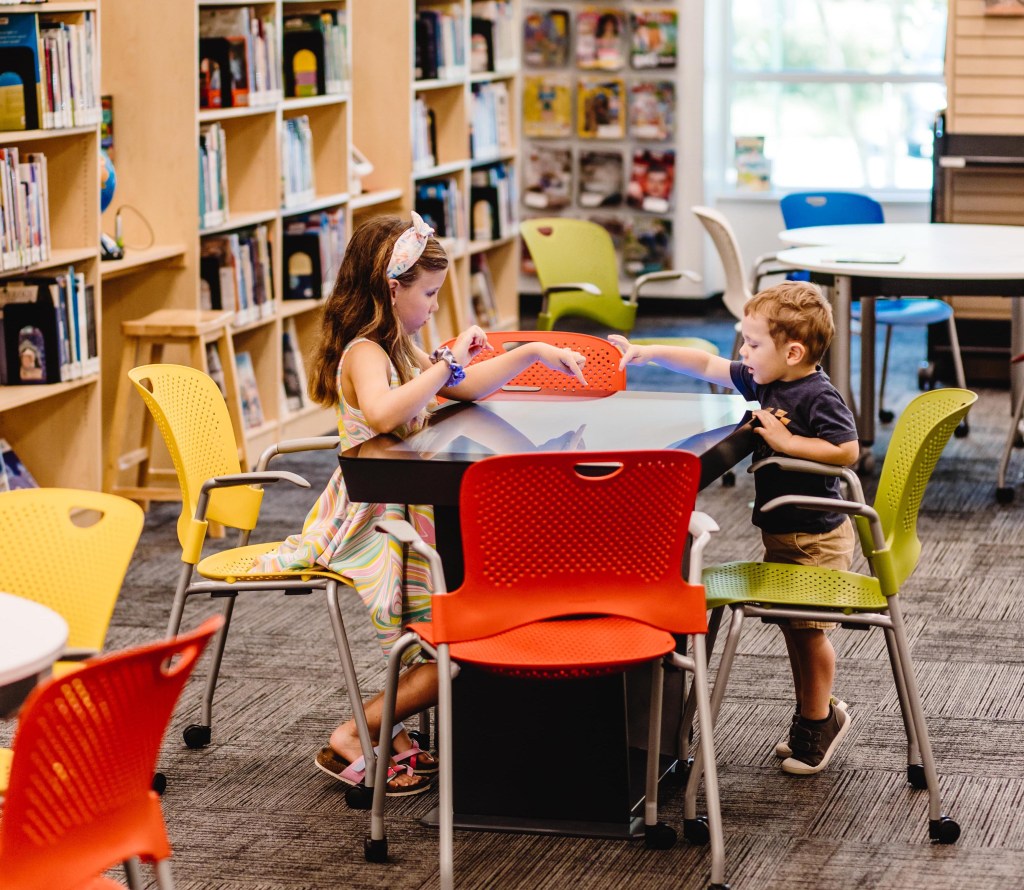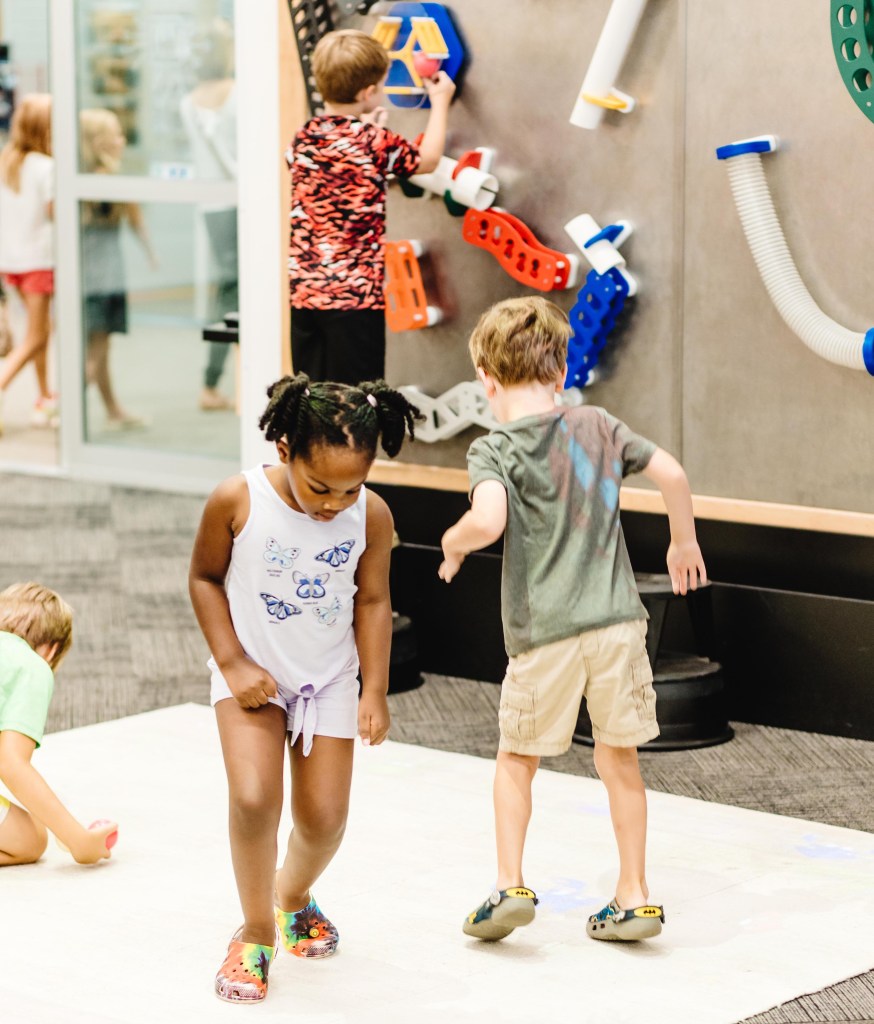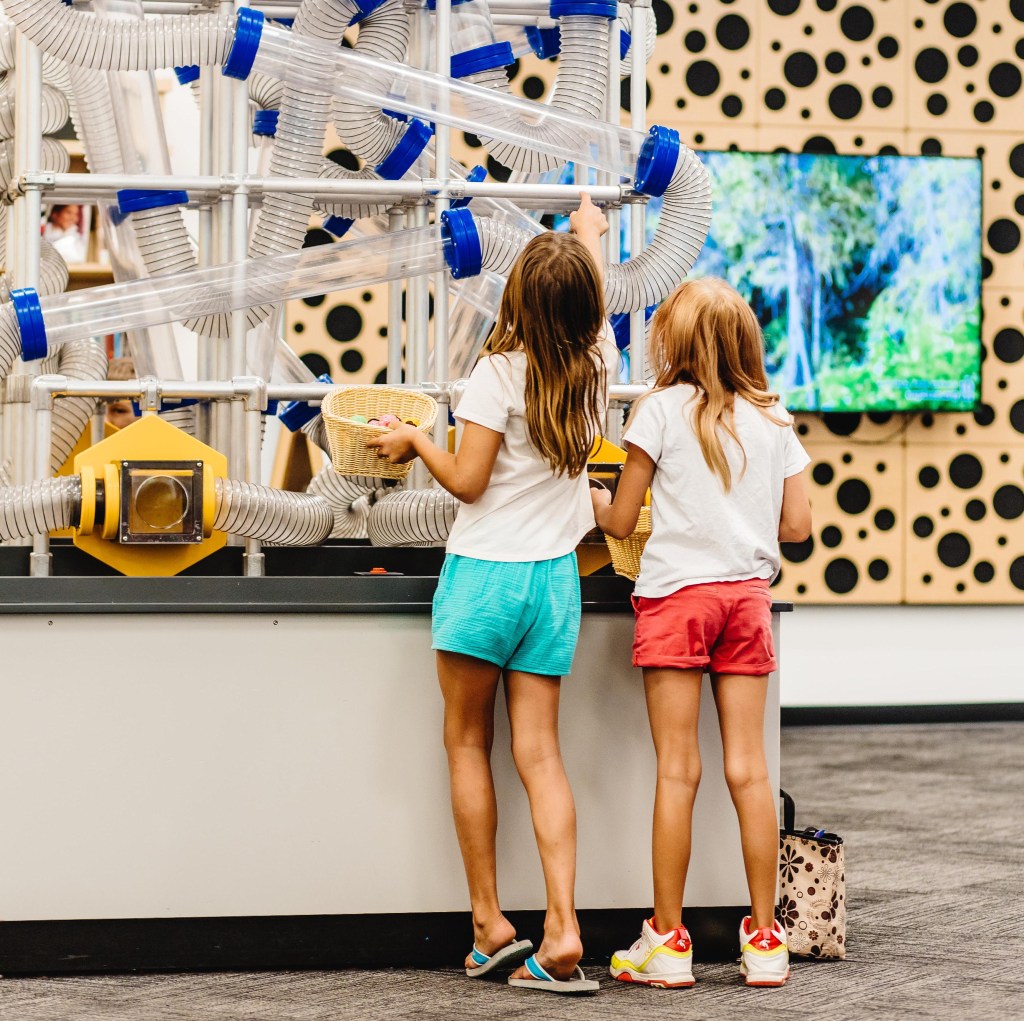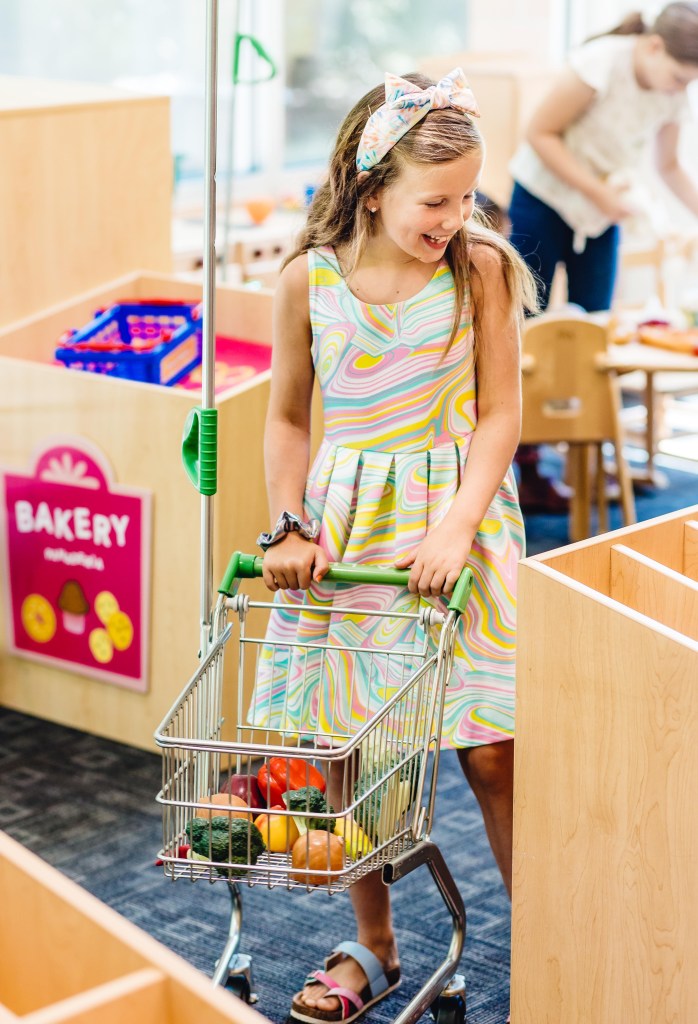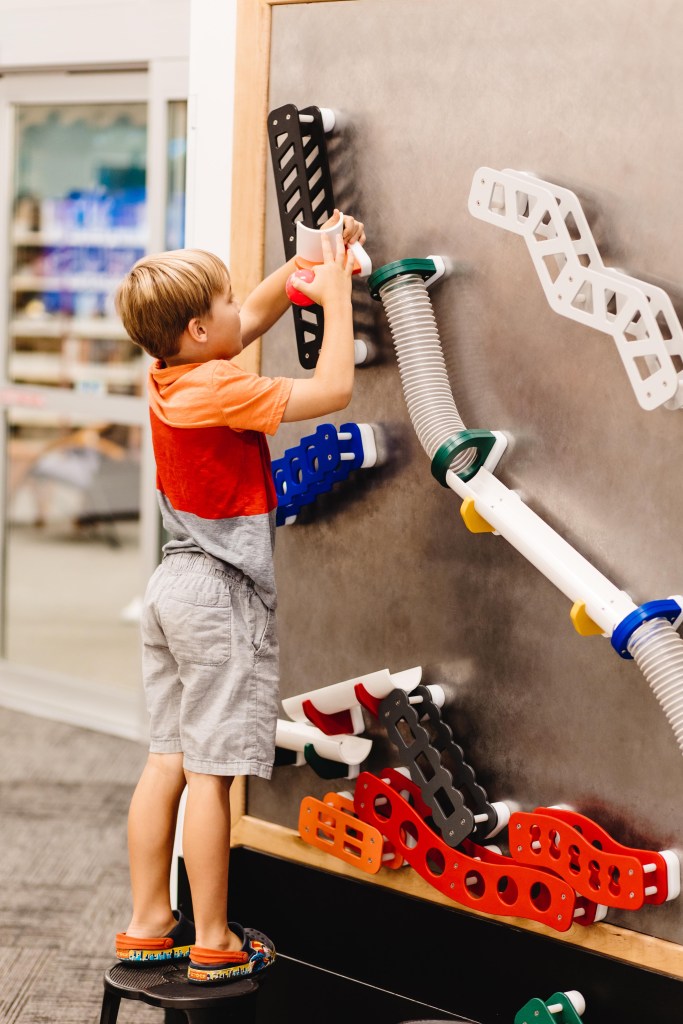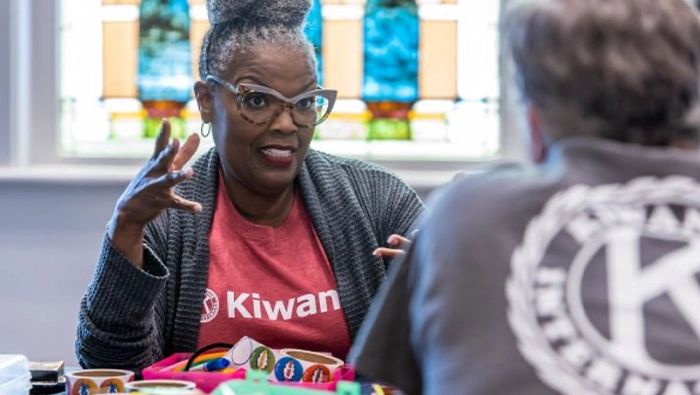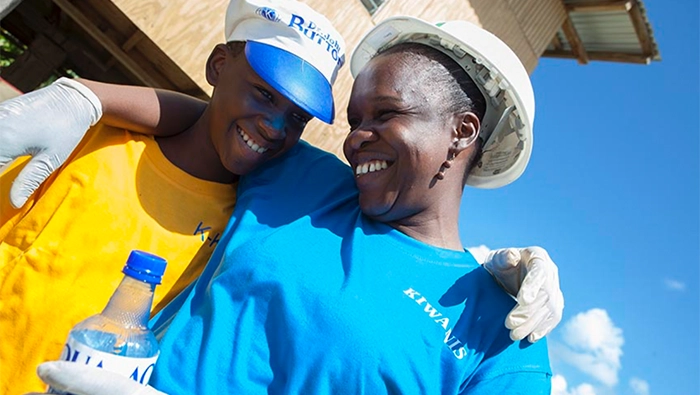
Why and how to serve
Giving your time and talent to a worthy cause can benefit you as well as others.
Scrolling through social media, you see a post from the local high school. You see that some teens traveled to Central America during spring break to work on a sanitation project. The images show they did a lot of hard work. And their smiling faces show it must have been worth every drop of sweat to be there, surrounded by happy children and thankful teachers. You wonder what that must be like, to give to a community so far away. It seems like they had a life-changing experience, from what you can tell in the photos. Then you go on with your day.
Later that afternoon, you read a story on a national news website about several families a few time zones away. They have started to collect household and personal items for families displaced by catastrophic flooding. The image of a shoeless toddler in her mom’s arms, weeping, sticks with you as you head out to pick up your own kids at school.
After dinner, you settle in to watch the news on television. There’s a story about a group that organizes a successful 15K run every year. They’re looking for more volunteers.
Now you’re asking yourself: Why am I not doing stuff like this?

Well, you should be doing stuff exactly like this. And here’s one compelling reason: Study after study shows that volunteering does more than just make you feel good. In fact, volunteering with a group like your local Kiwanis club multiplies these benefits. For example:
- Volunteering enhances social networks, which buffer people against stress and disease and ease pressure on health systems.
- Volunteering improves mental health and contributes to higher levels of happiness, self-esteem, self-worth and life satisfaction.
- Service organizations galvanize communities in times of need.
- Service organizations contribute to economic growth via community investment.
- Areas with higher volunteer rates are more likely to have lower mortality rates and lower incidence of heart disease.
- Volunteering develops life skills and leadership abilities and can lead to employment opportunities.
- Volunteering increases awareness and understanding of public issues.
- Students who participate in community service-learning tend to do better in school and are more likely to become future voters.
- Service-learning enhances understanding of diverse cultures and communities, and binds people through shared experiences.
More important, children thrive and survive when you volunteer. Your community becomes safer, cleaner, friendlier and kinder when you volunteer. And the world becomes a better place to live when you volunteer.
But don’t be intimidated. The world needs all types of volunteers. When you read about or see these types of stories on television, how do you see yourself in that scenario? Does your personality sway you toward hands-on service? Maybe you’re more of a behind-the-scenes planner. That’s great. The world needs those as well. Or maybe you know people who know people and can line up other people for fundraising and marketing. That’s fantastic too. The world needs you, no matter what kind of help you can give.
With a few questions, we can help you figure out how to give it.
What can you do?
There are countless ways and places to volunteer. You can go out on your own. Read to children at a laundromat. Pick up trash in a park. Donate blood. You can offer to help associations such as Meals on Wheels, homeless shelters or Red Cross/Red Crescent.
You can walk, bike, swim and teeter-totter to raise funds and awareness for a cause.
These are all good options. But we think you should consider volunteering with a group, possibly at a place of worship, a community-service club or, of course, Kiwanis. Through the bonds of friendships and the leadership experiences they’ve gained in our clubs, many of our members have discovered a deeper passion to serve.

What is Kiwanis?
Kiwanis is a global organization of volunteers dedicated to improving the world one child and one community at a time. Schools, hospitals, governments, other nonprofits, corporations, foundations and more have reaped the benefits of collaborating with Kiwanis clubs. Our clubs are involved in more than 150,000 community-service projects each year and annually raise more than US$133 million. Together we dedicate more than 19 million service hours to strengthen communities and help children.
The Kiwanis Children’s Fund provides grants to support projects related to the Kiwanis causes of childhood health and nutrition, education and literacy, and youth leadership development.
Kiwanis clubs are the heart of the organization. In our 8,000-plus clubs worldwide, children are served and communities are improved. We hope you consider membership in one of them. But first, let’s introduce the rest of our Kiwanis family, the Service Leadership Programs:
- Aktion Club is the only service club for adults with disabilities (aktionclub.org).
- Circle K International is the world’s largest student-led collegiate service organization (circlek.org).
- Key Club provides high school-age members with opportunities to serve, build character and develop leadership (keyclub.org).
- Key Leader is a weekend program for high school-age students with a mission to inspire young people to achieve their personal best through service leadership (key-leader.org).
- Builders Club is the largest service club program for middle school and junior high school students (buildersclub.org).
- K-Kids is the largest service club program for elementary school students (kkids.org).

We work with the best
When people work together, they reach more children and families in need. That’s why Kiwanis teams up with partners who share our values, our collaborative mindset and our desire to make the world a better place for children. Thanks to partnerships, we collaborate with UNICEF, Landscape Structures Inc., Nickelodeon, Sister Cities International, JCI, March of Dimes, Boys & Girls Clubs of America, National League of Cities, Reading is Fundamental, Office Depot, Children’s Miracle Network, Up with People, The Thirst Project, ShopWithScrip, PerkSpot, eHealth, Emergency Assistance Plus, ID Resolve, Cruise & Vacation Desk, Collette, Colonial Flag Foundation and Hilton to make a difference.
Finding the right fit
The first step to joining a Kiwanis club is deciding what type of club you’d like to join. Whether you’re young or retired, single or have a family, seeking professional networking opportunities or looking for fun and friends, Kiwanis likely has a club for you. That’s because all clubs have something in common: a commitment to improving communities and serving children. Kiwanis offers different types of clubs to consider:
- Traditional clubs, the most common kind, meet weekly or twice a month. Some may recite a pledge, pray and sing. Others don’t. Some may write checks while others prefer hands-on action. Some may offer opportunities for career networking.
- Internet clubs offer flexibility for those who travel often or cannot attend traditional meetings. They operate in much the same way as traditional clubs, but their meetings are generally conducted in online chat rooms, meeting face-to-face at service projects and fundraisers.
- Young professional clubs meet the needs of younger members with busy lifestyles. They offer flexible meeting schedules and an emphasis on hands-on service, often paired with social activities for members and their families.
- Golden K clubs consist of retired men and women who maintain busy lifestyles and a strong desire to make a difference in their communities. These clubs generally operate much like traditional clubs.
- 3-2-1 clubs put a strong emphasis on serving more and meeting less, with a monthly schedule of three hours of service, two hours of social activity and one hour for meetings.
Within these categories, clubs may have adopted variations:
- Family clubs attract adults who want to socialize and serve with their spouses or children along with other families.
- Cause-focused clubs identify a specific cause to serve, such as literacy, a camp or LGBTQ issues.
- Interest-focused clubs consist of members who have a united interest, such as knitting, motorcycling or golf.
How to find a Kiwanis club
The quickest way to identify clubs in your community is to visit kiwanis.org/findaclub. This club locator will provide a list of clubs in the area and the place and time of their meetings. Some clubs include information about their signature projects. There’s even a box to click if you’d like someone to contact you with more information about a club.
Once you’ve identified a possible club, visit a meeting and a service project. Your attendance will help you get to know the members, and you’ll witness the club’s impact on the community. Once you’re there, ask these questions:
- What is the club’s signature project? (What are they known for in the community?)
- What are the dues and fees? And beyond dues and fees, what other financial and time commitments are expected or suggested from members?
- Is the club more involved in fundraising or hands-on service?
- What are its plans for the future?
If you don’t find your kind of club or one that fits your schedule, consider gathering some friends and opening a Kiwanis club that meets your needs and interests. Call +1 317-875-8755, ext. 411, or email membership@kiwanis.org for more information.
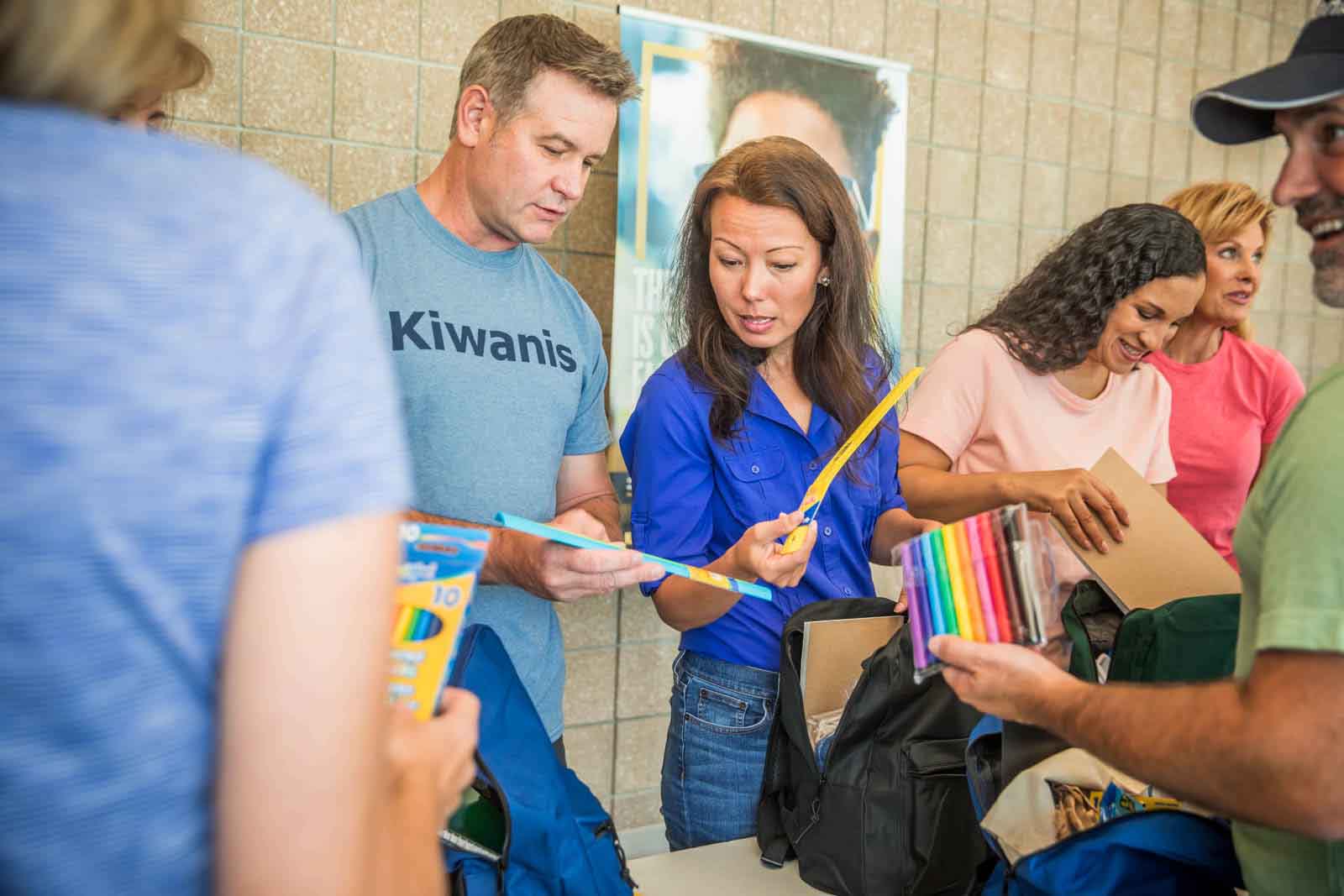
What to do when you join
Make friends. Whether you’re outgoing or shy, Kiwanis members are welcoming, friendly people. They’ll suggest some great ways to explore further opportunities when you’re ready, such as joining a committee or helping with Kiwanis youth clubs. Whatever kind of Kiwanis club you join, you’ll find a unique opportunity to have fun while doing good.
This story originally appeared in the April/May 2022 issue of Kiwanis magazine.

